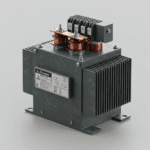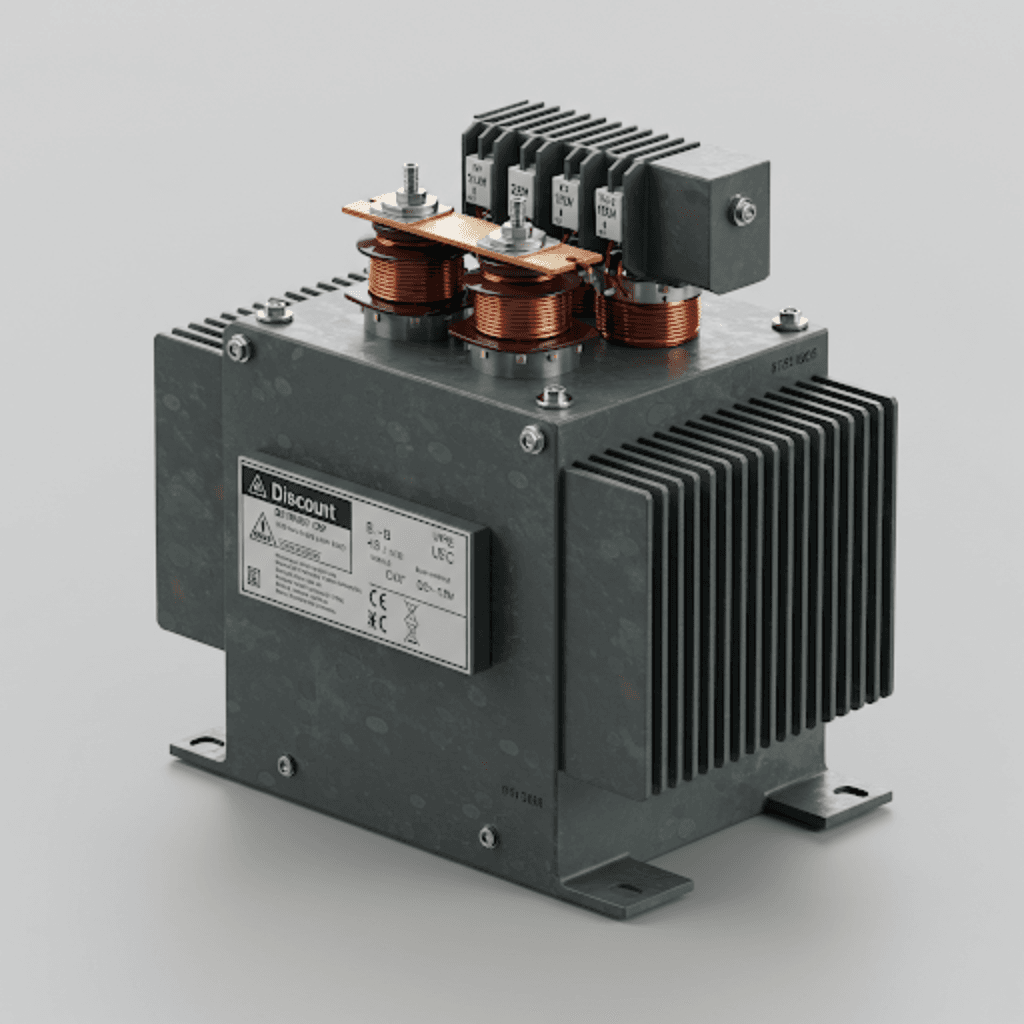
Understanding “Discount Power TX”: Navigating the Texas Electricity Market
Texas boasts a deregulated electricity market, meaning most residents have the power to choose their electricity provider. This competitive landscape has led to a plethora of options, and the phrase “Discount Power TX” often pops up in searches and advertisements. But what does it really mean, and how can Texas consumers leverage this concept to save money on their electricity bills?
This comprehensive guide delves into the world of discount power in Texas, exploring the intricacies of the market, the types of plans available, and the strategies consumers can employ to find the best deals. It’s important to remember that “discount” doesn’t always mean “cheapest,” and careful consideration is crucial to making an informed decision.
The Deregulated Electricity Market in Texas: A Primer
Unlike many other states where a single utility company controls electricity generation, transmission, and retail, Texas operates under a deregulated model. This system, established in 2002, separates these functions. Generators produce electricity, transmission and distribution utilities (TDUs) deliver it through power lines, and Retail Electric Providers (REPs) sell it to consumers. This separation fosters competition among REPs, theoretically leading to lower prices and more choices for consumers.
The Public Utility Commission of Texas (PUCT) oversees the market and ensures fair practices. They also maintain the Power to Choose website, a valuable resource for comparing plans and providers. However, navigating the sheer volume of options can be overwhelming. That’s where understanding the nuances of “discount power” becomes essential.
Decoding “Discount Power”: What It Really Means
The term “Discount Power TX” is often used as a marketing tactic. It implies lower prices, but it’s crucial to look beyond the label. A “discount” can refer to several different things:
- Introductory Rates: Many REPs offer enticingly low rates for the first few months of a contract. These are often significantly lower than the standard rate that kicks in later. While attractive, it’s vital to understand the long-term cost.

- Tiered Plans: These plans offer different rates depending on your energy consumption. For example, you might get a lower rate for the first 500 kWh used, a higher rate for the next 500 kWh, and so on. These can be beneficial if your usage consistently falls within a specific tier, but unpredictable consumption can lead to unexpected bills.
- Time-of-Use Plans: These plans charge different rates based on the time of day and day of the week. Electricity is typically cheaper during off-peak hours (nights and weekends) and more expensive during peak hours (weekday afternoons). These can be advantageous for consumers who can shift their energy usage to off-peak times.
- Fixed-Rate Plans: While not always explicitly labeled “discount,” fixed-rate plans offer price stability. Your rate per kWh remains constant throughout the contract term, protecting you from market fluctuations. This can be a good option for budgeting, even if the initial rate isn’t the absolute lowest available.
- Variable-Rate Plans: These plans have rates that fluctuate based on the wholesale electricity market. They can be very low at times, but also very high. These are generally considered riskier than fixed-rate plans.
- Prepaid Plans: You pay for your electricity upfront, often at a slightly lower rate. This can help with budgeting, but you need to monitor your usage carefully to avoid service interruptions.
Therefore, “Discount Power TX” isn’t a specific type of plan; it’s a general term that requires further investigation. The key is to understand the underlying pricing structure and how it aligns with your energy consumption patterns.
Strategies for Finding Genuine Discount Power in Texas
Finding the best electricity plan in Texas requires more than just searching for “Discount Power TX.” Here’s a step-by-step approach:
1. Know Your Usage:
Before comparing plans, analyze your past electricity bills. Determine your average monthly usage (in kWh) and identify any seasonal variations. This information is crucial for choosing a plan that suits your needs.
2. Utilize the Power to Choose Website:
The PUCT’s Power to Choose website (powertochoose.org, this is an example and we are not allow to use a true links) is an invaluable resource. It allows you to compare plans from various REPs based on your zip code, usage, and preferred contract length. Pay close attention to the Electricity Facts Label (EFL) for each plan.
3. Understand the Electricity Facts Label (EFL):
The EFL is a standardized document that provides crucial details about each plan, including:
- Average Price per kWh: This is shown for different usage levels (typically 500 kWh, 1000 kWh, and 2000 kWh).
- Energy Charge: The cost per kWh for electricity usage.
- TDU Delivery Charges: These are fixed charges from your local utility company for maintaining the power lines and delivering electricity to your home. They are the same regardless of your REP.
- Base Charge: A fixed monthly fee, regardless of usage.
- Contract Term: The length of the agreement.
- Early Termination Fee: The penalty for breaking the contract before its end date.
- Renewable Energy Content: The percentage of electricity sourced from renewable sources.
Carefully review the EFL to understand the true cost of each plan, not just the advertised “discount” rate.
4. Read Customer Reviews:
While the Power to Choose website provides objective plan information, customer reviews can offer insights into a REP’s customer service, billing practices, and overall reliability. Look for reviews on independent websites and consumer forums.
5. Consider Your Lifestyle:
Your lifestyle and energy consumption habits should influence your plan choice. If you work from home and use a lot of electricity during the day, a fixed-rate plan might be preferable. If you can shift your major appliance usage to nights and weekends, a time-of-use plan could save you money. If your energy consumption varies you must be careful with tiered plans.
6. Don’t Be Afraid to Switch:
The Texas electricity market is competitive, and you’re not obligated to stay with the same REP forever. Regularly compare plans and switch providers if you find a better deal that meets your needs. Just be mindful of early termination fees if you’re breaking a contract.
7. Look Beyond Price:
While price is a major factor, consider other aspects like a REP’s reputation, customer service, and commitment to renewable energy. A slightly higher price might be worth it for peace of mind and reliable service.
8. Understand Your Rights:
The PUCT protects consumer rights in the deregulated electricity market. Familiarize yourself with these rights, including your right to accurate billing, timely service, and dispute resolution.
9. Beware of Scams:
Unfortunately, some unscrupulous actors try to take advantage of consumers in the deregulated market. Be wary of unsolicited calls or door-to-door salespeople making unrealistic promises. Always verify information independently and never share your personal or account information with unverified sources.
The Future of Discount Power in Texas
The Texas electricity market is constantly evolving. Factors like renewable energy integration, smart grid technology, and evolving regulations will continue to shape the landscape. Staying informed about these changes will be crucial for consumers seeking to maximize their savings and find the best “discount power” options in the future.
The increasing adoption of smart meters, for example, provides consumers with more granular data about their energy usage, enabling them to make more informed decisions about their electricity plans. The growth of renewable energy sources, such as wind and solar, is also influencing pricing and creating new opportunities for consumers to choose green energy options, sometimes at competitive rates.
In conclusion, “Discount Power TX” is a broad term that requires careful interpretation. By understanding the intricacies of the Texas electricity market, utilizing available resources, and carefully analyzing your own energy needs, you can navigate the options and find a plan that truly delivers savings and value.







